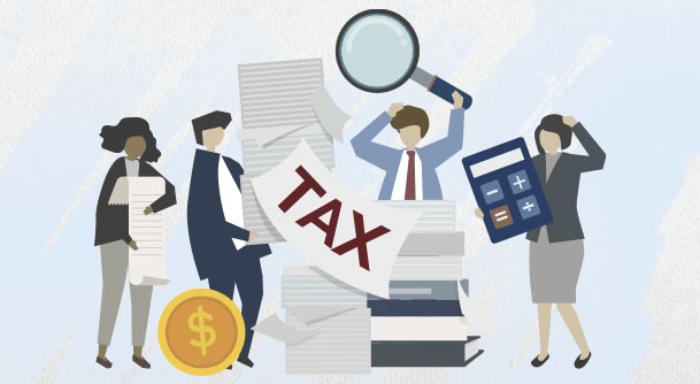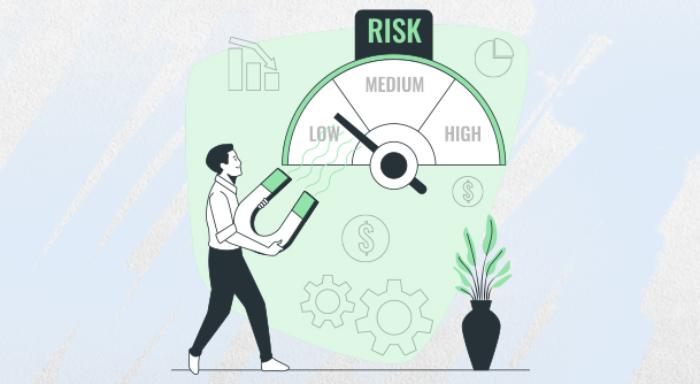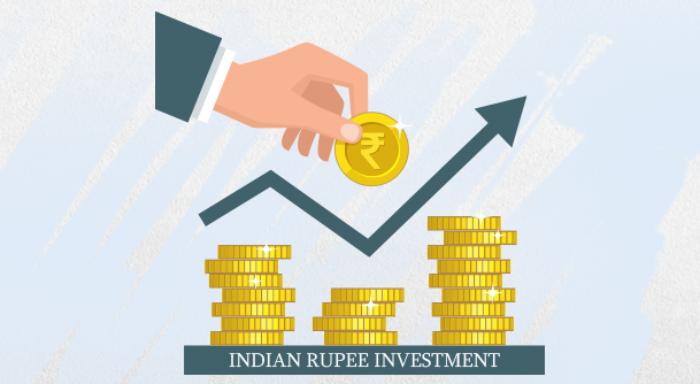What is Service Tax?
Blog Title
1417 |
5/24/25 9:21 AM |
If you've ever made a hotel reservation, paid a restaurant bill, or hired a professional’s service, you may have seen an additional fee known as "service tax." But what exactly is it and why does it matter?
While service tax is no longer in effect, looking at its history helps us comprehend how tax laws have evolved. It also helps to know how it continues to influence things like tax benefit, tax-saving investment, and even GST on term insurance premium today.
So, let's take a step back and explain what service tax was, who was required to pay for it, how it operated, and how GST has now changed the game.
Understanding Service Tax: Its Origin and Purpose
In India, before GST came into effect, services were taxable through an additional fee known as the "service tax." It was first used for a small number of services when it was established in 1994 under the Finance Act.
As more services were added to its coverage over time, it became an important source of revenue for the government. Many businesses, sectors, and the investment plans were impacted by service tax.
Service tax was an indirect tax, meaning the service provider collected it from you and then paid it to the government. On the other hand, direct taxes like income tax are paid based on the amount you earn. For example, a salon owner would collect your service tax and provide it to the tax authorities if your bill includes service tax.
Who Had to Pay Service Tax? Applicability and Scope Explained
Service tax was imposed on various professional activities, from financial and professional services to telecommunications and hotels. However, not all services were subject to taxes, and the law allowed for some exceptions.
The service tax was imposed as follows:
You were required to charge service tax on billable services and pay the government if you were a business owner or service provider.
Every time you used taxable services as a customer, you had to pay service tax.
However, some services, like the following, were excluded from service tax:
Educational and medical services.
Farming services.
Services offered by small companies with less than a specific turnover amount.
How Service Tax Rates Have Changed Over the Years
The rate of the service tax changed over time. It started at 5% in 1994, and the tax rate gradually rose. Let's look at the different service taxes imposed over the years.
1994 – Introduced at 5%.
2002 – Increased to 10%.
2006 – Increased to 12%.
2015 – Increased to 14%.
2016 – Final revision to 15% (including Swachh Bharat and Krishi Kalyan cess).
2017- Service tax was abolished with the implementation of GST on 1st July 2017.
Threshold Limit for Applicability of Service Tax
All service providers were required to abide by the service tax when it was originally implemented in 1994 since there was no exemption limit. However, the government slowly implemented a threshold limit after realising that small-scale service providers needed help and support.
Service providers making up to ₹4 lakh annually were excluded by 2005.
This threshold was raised to ₹10 lakh in 2008, meaning you had to register for and pay service tax if your yearly income from taxable services was ₹10 lakh or higher.
The exemption threshold of ₹10 lakh remained the same until the GST was introduced in 2017.
How Businesses Registered for Service Tax: A Step-by-Step Guide
You had to register if your taxable service revenue was more than ₹10 lakh per year. The procedure consisted of:
Online Registration – Done through the ACES portal by submitting Form ST-1.
Required Documents – PAN card, address proof, and business registration certificate (if applicable).
Approval & Certification – Authorities issued the ST-2 certificate within seven days.
Unique Registration Number – You must include the registration number in your invoices and tax filings.
Payment and Compliance
After registering, you had to collect service tax from clients and submit the payment to the government. You had to deposit the service tax you earned from customers with the government every month if conducting a business. Deposits were made on a quarterly basis if you owned a partnership firm or were an individual service provider.
The following methods were used for payment:
Online payments through NEFT/RTGS via approved banks.
Physical challans at certain bank branches.
Service Tax Return Filing
Service tax required periodic return submissions, similar to income tax. You needed to:
Submit half-yearly returns twice a year.
Make sure that all taxes collected were appropriately reported.
If you submitted something incorrectly or were late, you need to pay a penalty, starting at ₹500 for the initial 15 days, ₹1000 for 30 days, and ₹1000 + ₹100 for each day of delay more than 30 days.
Final Thoughts
For more than 20 years, service tax has played a major role in India's tax structure until it gave way to the Goods and Services Tax (GST). Service tax was one of several indirect taxes simplified by the implementation of GST, making it simpler for businesses to comply and less confusing for customers.
Now that you have a proper understanding of service tax, it is simpler to understand how India's tax system has changed and the influence of GST on the country's economy today. Whether it's GST or the previous service tax system, staying informed allows you to make sound financial decisions and maximise tax benefit while avoiding penalties.










